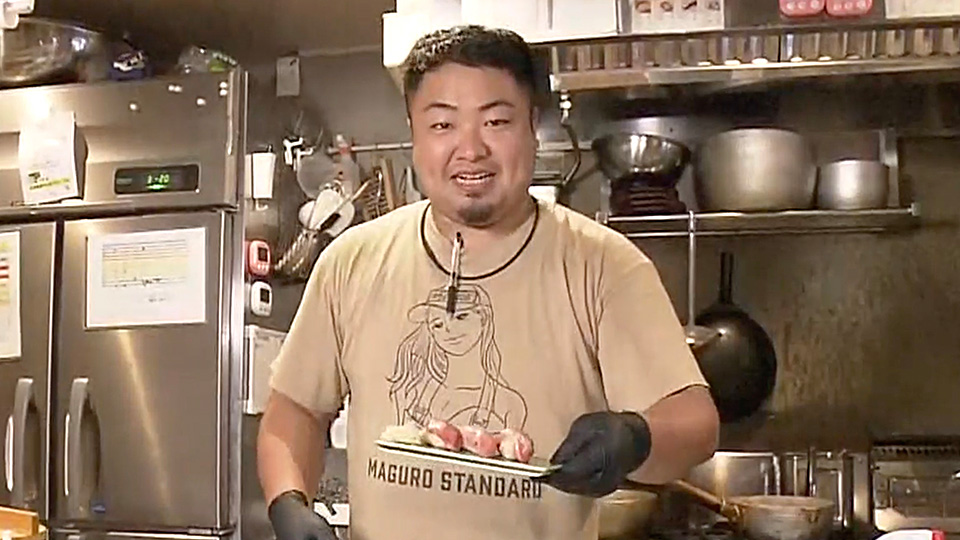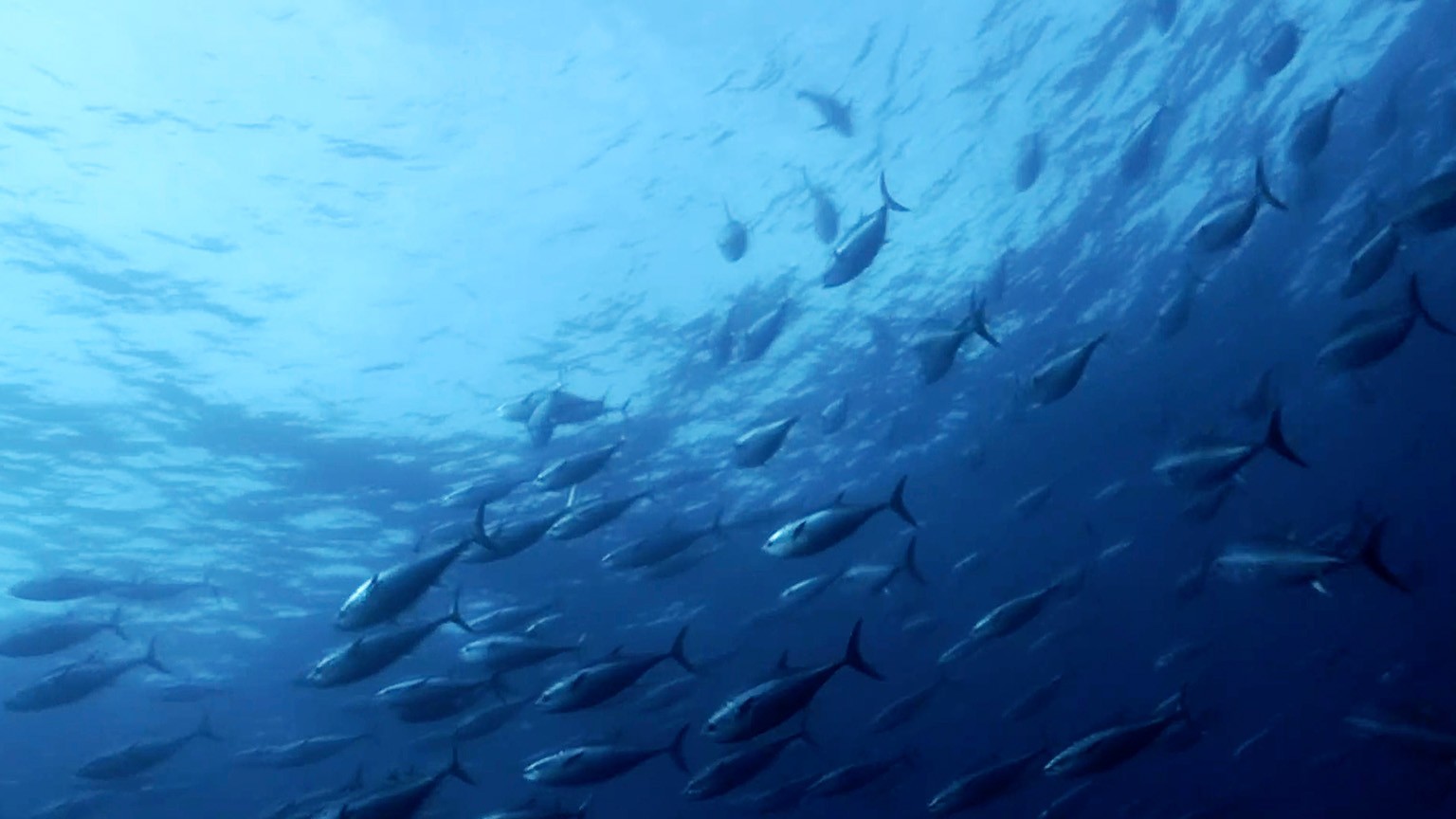The international conference opened in Kushiro City in Hokkaido Prefecture on July 10, with delegates from 13 countries and regions, including Japan, the US, South Korea and Taiwan taking part.
Japan had proposed an expansion of the catch quota, but there was a gap in opinion among the participating countries and regions, and the focus was on whether they could agree.
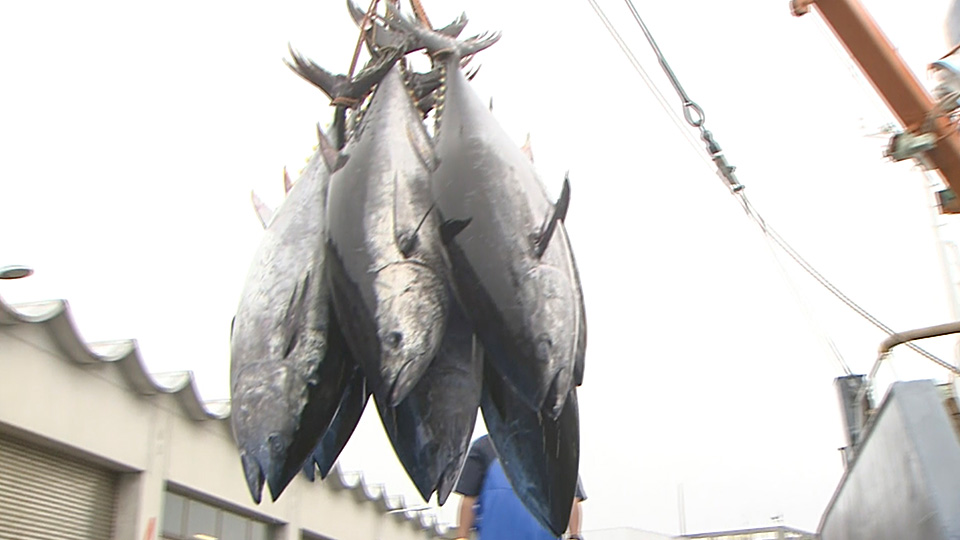
As a result of the agreement, Japan's catch quota will increase by more than 2,800 tons for large tuna and 400 tons for small ones.
It's the first time for the small bluefin tuna quota to be raised since 2015 — when the current catch restrictions began.
The agreement is expected to be formalized later in the year.
Japan's Fisheries Agency has stated that it will continue to proceed with negotiations so that the agreed proposal will be formally adopted.
What was Japan's proposal ?
Japan proposed the nation's annual catch quota be more than doubled, considering that stocks of breeding-age fish have recovered in recent years.
Tokyo called for a 130-percent increase in the quota for large bluefin tuna weighing 30 kilograms or more, and a 30-percent increase in the quota for those less than 30 kilograms.
Stocks increase from 12,000 tons to 144,000 tons
In the 1960s the amount of parent bluefin tuna fish stocks in the Pacific Ocean was estimated at more than 100,000 tons, but after that it declined significantly due to overfishing. After falling to about 14,000 tons in the 1980s, it recovered and increased to more than 79,000 tons by 1995.
But by 2010, stocks of breeding-age fish in the Pacific Ocean, including in the waters around Japan, were estimated to have fallen again, to around 12,000 tons.
Regulations were tightened, such as determining catch quotas for each country and region. Such international controls have led to a recovery in stocks.
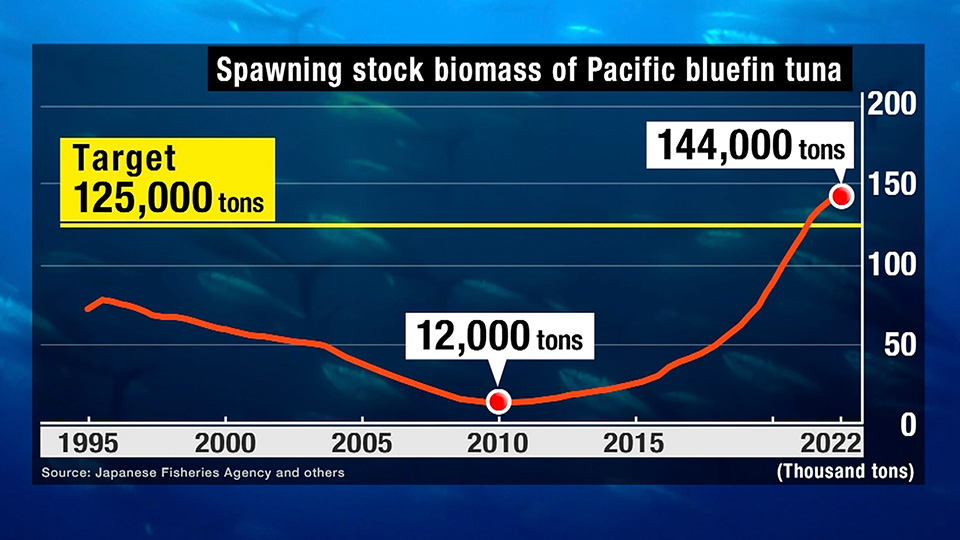
At an international conference on resource management held in 2021, it was agreed to increase the quota for large fish in the western and central Pacific Ocean by15 percent.
The latest data for 2022 shows the estimated stock number to have increased to 144,000 tons, exceeding the target figure of 125,000 tons.
This has prompted Japan to seek a major increase in quotas for the western and central Pacific, which includes the waters around Japan.
On the first day of the conference, a video message by Japan's fisheries minister Sakamoto Tetsushi was shown. He said efforts to manage stocks have borne fruit and should be rewarded.
Long featured in the Japanese diet
Japanese have been eating tuna fish from far back in the country's history.
Tuna bones were among the items discovered in a heap of kitchen waste in Iwate Prefecture dating from the prehistoric Jomon period, which began about 15,000 years ago and is described as lasting more than 10,000 years.

Among tuna fish, bluefin tuna is considered to be the finest variety, and is popular as sushi and sashimi.
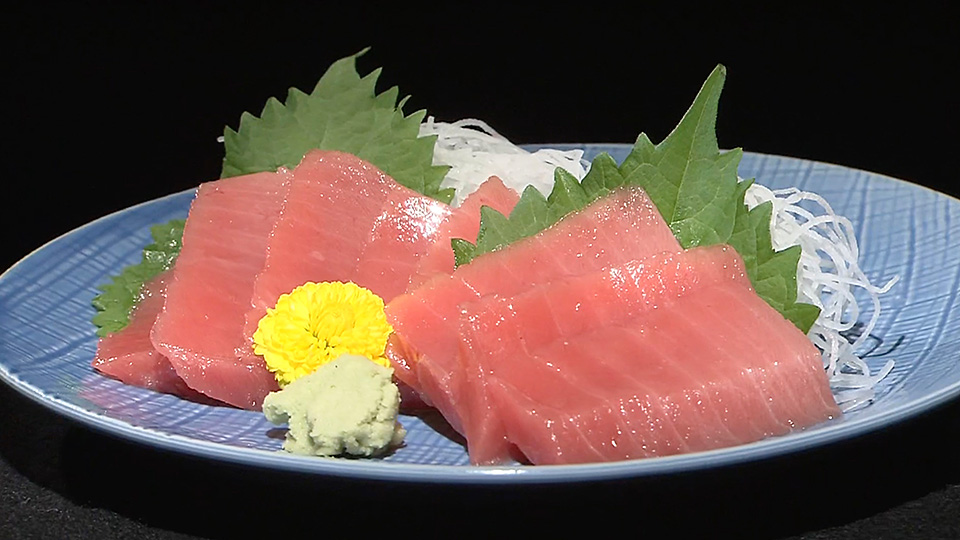
In modern times, the first auction of the year for bluefin tuna at Tokyo's fish market always attracts a lot of attention.
This year, a 238-kilogram bluefin unloaded at the port of Oma in the northern prefecture of Aomori went for the highest price of 114 million yen, or about 720,000 dollars.
The first auction of the year for bluefin tuna at Tokyo's Toyosu fish market was held on January 5, 2024.
In 2019, a bluefin sold for more than 300 million yen, the highest price since 1999.

Fishery season in Okinawa already over
Fishery season for bluefin tuna in Okinawa Prefecture usually lasts from April to June. But this year, the season ended in mid-May.
The prefectural authority ordered a halt to any further catches as it looked as though Okinawa might exceed its allocated share.
Hino Yohei, a fisherman in Ishigaki City, says the season doesn't last long at all. He says every year it's the same.
Tamai Taisei from a sushi restaurant in Tokyo that focuses on tuna fish, says there are times when they cannot provide their customers bluefin tuna.
Still, Tamai says restaurants are aware of the need to manage stocks of the fish. He says they have to maintain a balance so that their children and the generations that follow them can savor the tasty fish.
